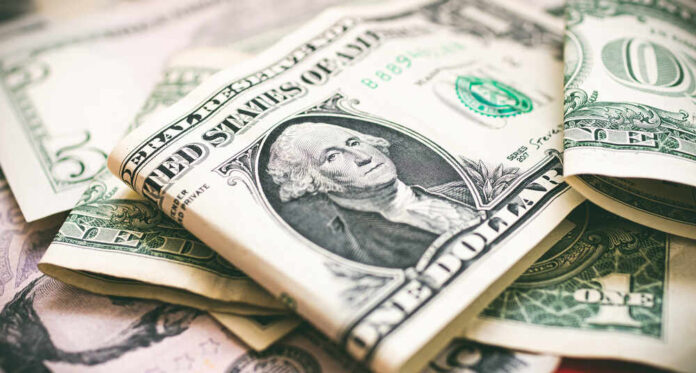
The US dollar, which has enjoyed preeminent global status thanks to its central role in the global oil trade, may be facing a new threat to its hegemony. Central banks in countries around the world, which have long stockpiled US currency, are turning to gold as a bedrock investment instead.
According to the World Gold Council (WGC), gold purchases have skyrocketed as the US dollar has lost prestige amid America’s current economic turmoil. Demand for the precious metal reached an 11-year high in 2022, jumping nearly 20% to 4,741 tons.
With US foreign-held debt over $30 trillion and climbing, foreign investors may be reluctant to purchase more dollars, especially as domestic inflation continues to rise, making the dollar a less attractive investment than gold for currency reserves.
The WGC cited “colossal central bank purchases,” noting global central banks bought 1,136 tons of gold in 2022. The buying spree is the highest in 55 years and represents a 152% increase in purchases over 2021.
The run on gold has not abated in 2023, either. According to information compiled by the WGC, central banks bought nearly 400 tons in the first 6 months of this year, the highest 1st half total since the organization began tracking quarterly data in 2000.
The petrodollar’s dominance is facing a related threat from the BRICS alliance. The group of emerging economic powers, currently made up of Brazil, Russia, India, China, and South Africa, is considering adding applicants Saudi Arabia and Iran this year.
Saudi Arabia has already joined the Shanghai Cooperation Organization, a Chinese-led security bloc, as a “dialogue partner.” The deepening of ties between Riyadh and Beijing may well signal an open door for the Saudis to enter BRICS.
Saudi Arabia has joined the Shanghai Cooperation Organization (SCO), a #China-led security bloc, as a 'dialogue partner' amid deepening ties between #Riyadh and #Beijing @CNBCMiddleEast @_HadleyGamble @CNBCi pic.twitter.com/CpnUAbK2Iq
— Sam Vadas (@sam_vadas) March 30, 2023
Should BRICS welcome Saudi Arabia and Iran, it would comprise a significant percentage of the world’s oil and gold-producing sources, further threatening the petrodollar’s status.
BRICS meetings in Johannesburg have included discussions on developing a replacement currency for the dollar. The Chinese have pushed their Yuan as a choice, although that currency’s lack of convertibility is a major drawback.
As a result, gold remains the top choice for central banks and major investors seeking stable repositories as the dollar continues to decline.













